xDuoo XD10 Poke Review
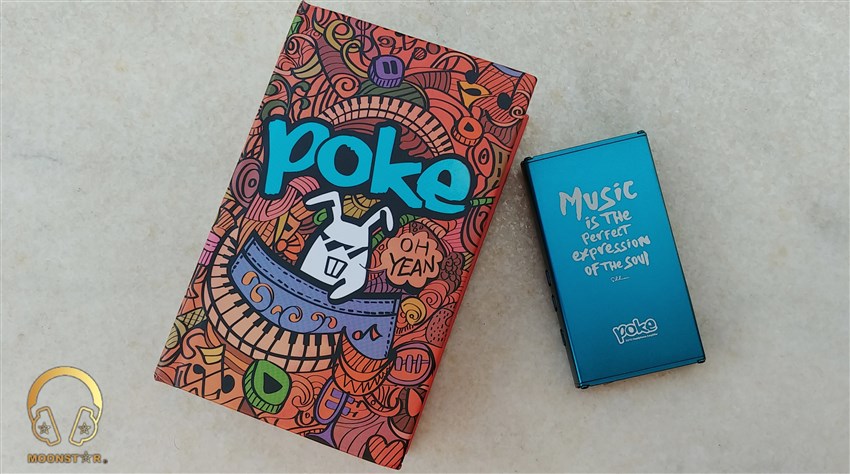
xDuoo XD10 Poke;
Small but Powerful
About xDuoo:
xDuoo is a Chinese company located in ShenZhen, China and is specialized in production of Headphone Amplifiers, Hi-Fi DAC’s for PC, Desktop and Portable use and Portable Audio Players (DAP’s).
Official Webpage: http://www.xduoo.com/xduoo/En/

Disclaimer:
First of all, a big thanks to xDuoo for providing me a sample of the xDuoo XD10 Poke for review purposes. I am not affiliated with xDuoo or any third person beyond this review and these words reflect my true, unaltered opinions about the product.
Price:
The xDuoo XD10 Poke has an official MSRP of $249.90 USD.
Purchase Link: https://penonaudio.com/xduoo-xd-10.html
What is the xDuoo XD10 Poke?:
The xDuoo XD10 Poke is a Digital to Analogue Converter (DAC) with a built in amplifier that supports Hi-Res music files with sampling rates up to 32bit – 384kHz and is compatible with multiple operating systems like Windows, Mac, Android or IOS etc.
Package and Accessories:
The xDuuo XD10 Poke comes in a very creative and sweet looking cardboard box, which looks like a colorful Book. The instructions and information’s about the Poke are printed on pages which can be found in this book like books.



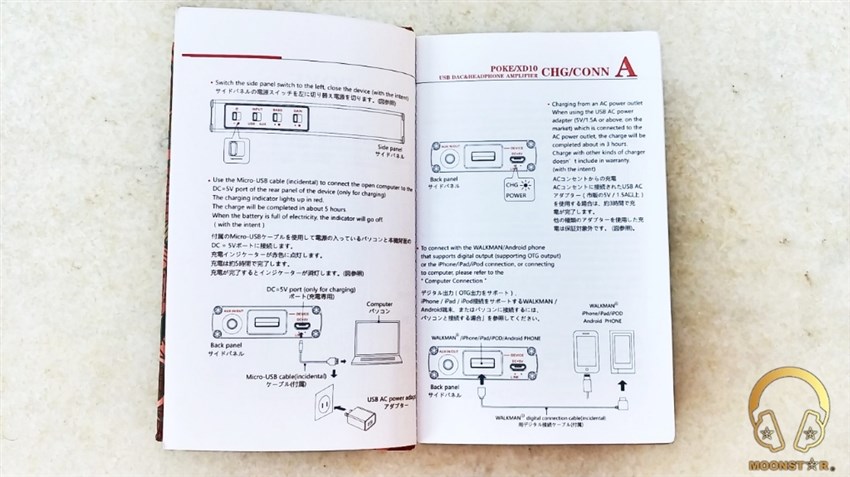
This box is including the following items:
- 1 x xDuoo XD10 Poke
- 1 x Micro USB to USB OTG cable
- 1 x USB Type-C to USB OTG cable
- 1 x Sony USB Audio to USB OTG cable
- 1 x 3.5mm to 3.5mm AUX cable
- 1 x Micro USB to USB charging cable
- 1 x USB to USB extension cable
- 1 x X-SK1 Magic Sticker
The xDuoo XD10 Poke comes with a rich accessory page, which include many cables inclusive a Sony USB Audio to OTG cable (no Apple CCK cable included) and a sticker called “Magic Sticker” to bundle your player, for example a Sony Walkman etc. to your xDuoo XD10 Poke with no burden, which are in my opinion a very nice addition.
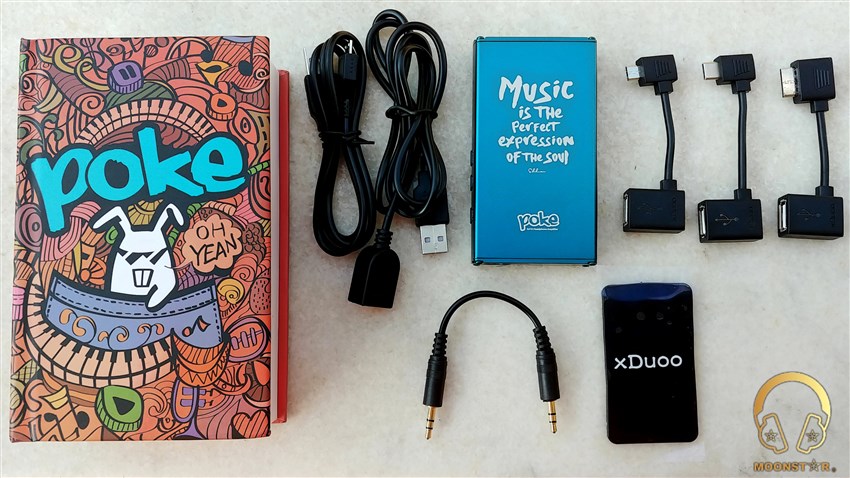
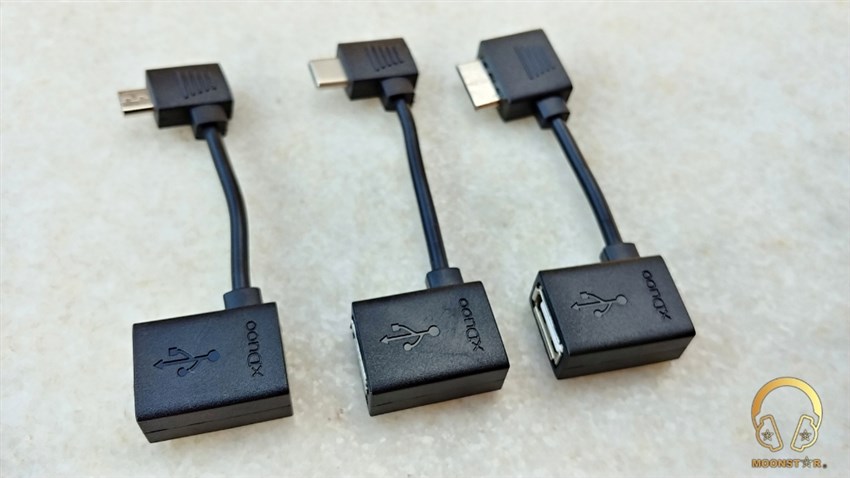

Design and Build Quality:
The xDuoo XD10 Poke is a nicely build device with a relative small dimension of 101mm * 55mm * 16mm. The housing is made of an aluminum alloy shell that is anodized and fine sand blasted surface texture, which is promoted by xDuoo as looking great with a Sony Walkman in their advertisings. The device is available in one color, which is green and may new color options will come in the future and a gold, red or grey color options could be great.
On the top of the device is the Motto of the Poke in white color printed, which is “music is the perfect expression of the soul” and on the top end is the Poke logo.
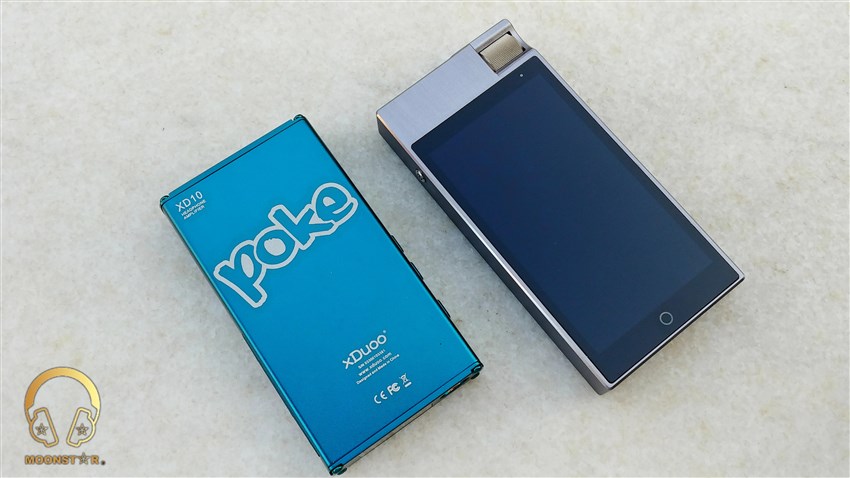
On the front of the device is a 3.5mm Headphone out and a single color (blue digits) 0.91-inch OLED screen, which we are familiar from earlier xDuoo devices like the xDuoo X2 player.
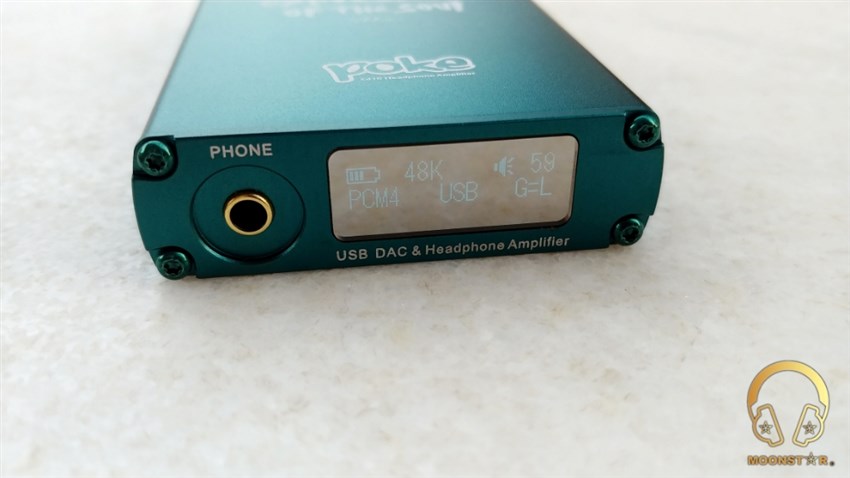
The screen is visible under normal light conditions, but has average visibility under direct the direct sunlight. This screen shows information’s like the battery bar, sample rate, filter type, gain, source type (USB or AUX) and volume.
On the back of the device is a 3.5mm AUX input/ output jack, a full sized USB input port which I am familiar form iFi devices like the iDSD Nano or Micro etc. and the Micro USB charging port.
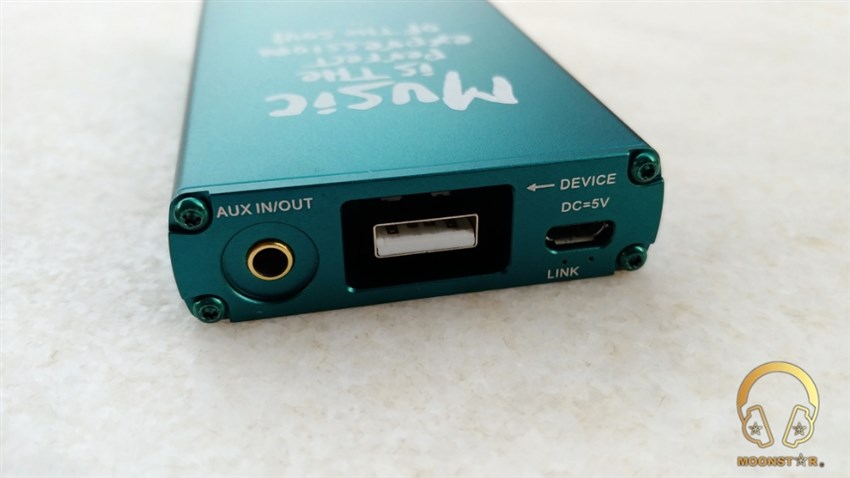
On the left side of the Poke are the power switch, usb/aux switch to switch between amplifier mode and usb DAC mode, the bass switch and a one-step gain switch.

On the right surface of the device are the volume up and down button and the filter button to switch between 4 filter options.
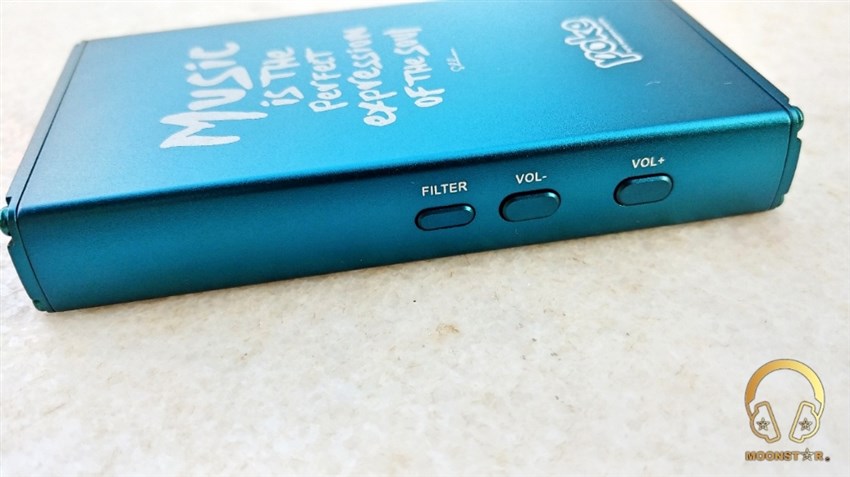
On the Back is the Poke Logo and some device option like serial number and certificates.
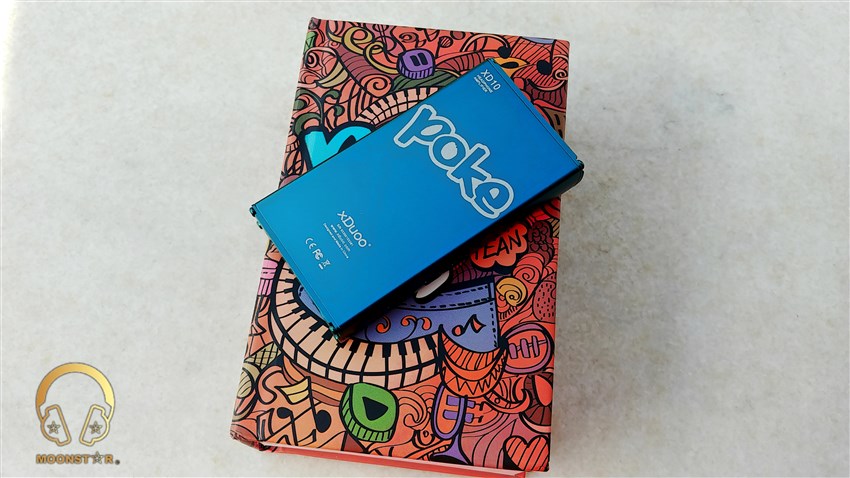
The device has an overall good build quality without any noticeable burr’s and remains.
Technical Specifications:
- DAC : AKM4490EQ
- AMP : OPA1622 LPF
- XMOS Chip : XS1-U8A-64 with 8 Core processing
- Volume Regulator : TI PGA2311
- Output power : 250mW + 250mW @ 32ohm
- Frequency response : 20Hz ~ 20kHz (± 0.5dB)
- Signal to noise ratio : 112dB @ 1KHz (LINE OUT)
- Gain : 0dB / + 6dB
- Harmonic distortion : 0.0025% @ 1KHz (Headphone AMP)
- Charging time : ≤ 3 hours (fast charge 1A) ≤6 hours (slow charging 500MA)
- Battery Life : Digital connection: ≥ 8 hours – Line input: ≥20 hours
- Size : 101mm * 55mm * 16mm
- Weight : about 130g
Hardware:
The AK4490 DAC Chip:
The xDuoo XD10 Poke is utilizing a AK4490EQ DAC Chip of the company Akai Kasei Microdevices Corporation. The AK4490EQ is a new generation of premium 32-bit DAC, with 2-channels of AKM’s VELVET SOUND architecture that has been widely adopted by high-end audio companies like Astell&Kern, iBasoo, Fiio etc. This AKM4490EQ inside the xDuoo XD Poke supports native DSD, DXD and PCM signals, with sampling rates up to 32Bit / 384KHz for covering all mainstream audio formats.
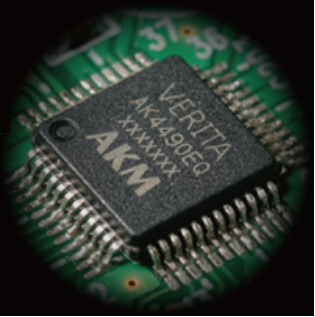
Amplifier & Driving Power:
The xDuoo XD10 Poke is utilizing a OPA1662 (dual) series of bipolar-input operational amplifier, which achieves a low 3.3 nV/√Hz noise density with an ultralow distortion of 0.00006% at 1 kHz.
The OPA1662 op amps offer rail-to-rail output swing to within 600 mV with 2-kΩ load, which increases headroom and maximizes dynamic range. These devices also have a high output drive capability of ±30 mA.
The supported impedance of the xDuoo XD10 Poke is between 8 – 300 ohm with a rated output power of 250mW + 250mW @ 32ohm, which was able to drive most demanding In-Ear Monitors (final E5000), Earbuds (300ohm Samsara) and even power hungry headphones like the Sony SA3000 without difficulty.
XMOS 8-core chip:
The xDuoo XD10 Poke is using the XMOS new 8-core processing chip with the model number XS1-U8A-64, which works in an asynchronous transfer mode and support WASAPI, ASIO, KS kernel flow modes.
Dual crystal oscillator noise filter:
The xDuoo XD10 Poke is using two ultra-low phase noise crystal as the clock source, respectively working under 44.1K and 48K and its multiple sampling states, switched by the system, to ensure that the local clock without interference with each other, can be run independently. In fact, the XD10 Poke work very silent without any remarkable background noise.
Battery Life:
The xDuoo XD10 Poke has a 3.7V/2200mAh capacity lithium polymer battery under the hood, that should last according to xDuoo specs for ≥ 8 hours over the digital out and for ≥16 hours over the analog out.
My test results showing that the battery is able to last around 15 Hours (volume set to 80 at low gain) over the analog out and around 7 hours (volume set to 80 at low gain) over the digital out, which is pretty ok for a device at this size and driving power.
Equipment’s used for this review:
- DAC’s : xDuoo XD10 Poke, Hidizs DH1000
- Digital Sources : Ipad Air 2, Samsung Galaxy S9 Plus, Dell 5510 PC
- IEM’s : FLC Technology FLC8N, Campfire Audio Polaris, Final Audio E5000, TFZ Queen
- Earbuds : K’S Samsara 300Ohm, Penon BS1 Official, Astrotec Lyra Collection
- Headphones : Sony SA3000, Audio-Technica ATH50M
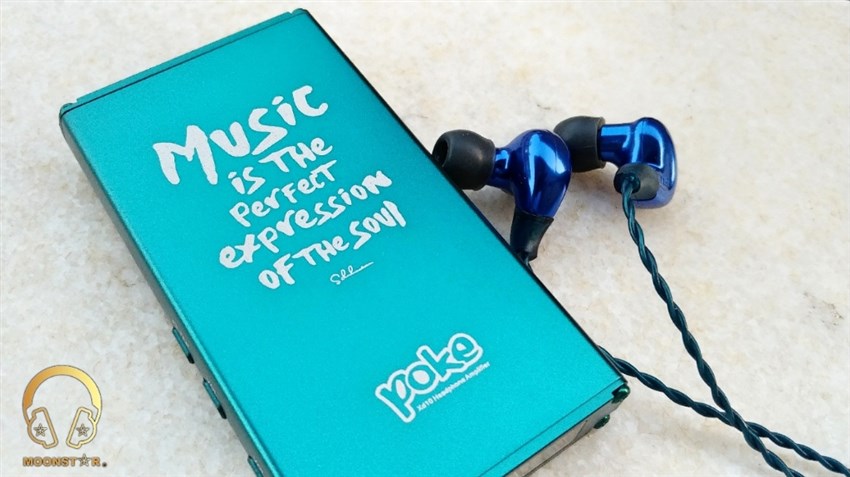
Albums & tracks used for this review:
- London Grammar – Interlud (Live) (Flac 24bit/44kHz)
- Laura Pergolizzi – Lost On You “Live at Harvard and Stone” (Tidal Hi-Fi)
- Sonya Yoncheva in “Verdi: Il Trovatore – Tacea la notte placida (Tidal Hi-Fi)
- Minor Empire – Bulbulum Altin Kafeste (Spotify)
- Casey Abrams – Robot Lover (Tidal Hi-Fi)
- Steve Srauss – Mr. Bones (Flac 16bit/44kHz)
- Otto Liebert & Luna Negra – The River (DSF) – Binaural Recording
- Future Heroes – Another World (Tidal Hi-fi)
- Lorde – Team (Flac 24bit/48kHz)
- Tom Player – Resonace Theory “Album” (Tidal Hi-Fi)
- Liquid Tension Experiment 2 – Acid Rain (Spotify)
- Opeth – Damnation (Tidal Hi-Fi)
- Metallica – Sad bu True (Flac 24bit/96kHz)
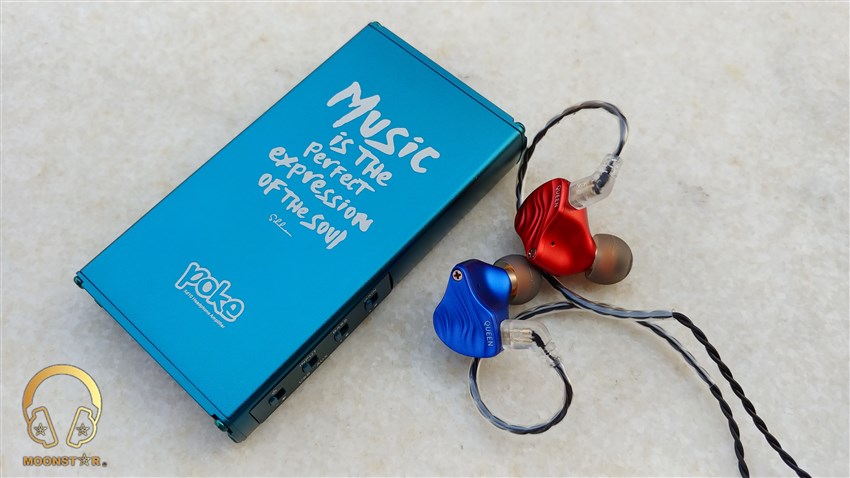
Sound Analysis:
The xDuoo XD10 Poke is a DAC/AMP with a sound signature that is flat or better say close to neutral.
The Bass:
Bass Depth:
The depth performance of the XD10 Poke in the bass area is pretty good, while it has some difficulties to go deep enough in the sub-bass region, when you don’t activate the bass key, which also quite normal for a DAC/AMP with this size and in this price category. But when I activated the bass key, the performance of the bass extension, especially in the sub-bass region is much better than before. The bass key is very functional and successful, if you listen to genres like EDM, POP etc.
The performance of the sub-bass depth and quantity should be good enough for many users.
Bass Speed:
The performance of the bass speed is an important criterion, which affects the overall resolution. The sped of the bass is important for track with fast passages and for the detail rendering.
The Poke has enough speed form artificial instruments to contrabass or percussion instruments like drums.
Instruments like cross drums are fast, strong and paced. It is quite easy and enjoyable to follow the tom’s, snare drums.
Bass quantity and force:
The bass quantity can vary from earphone to earphone, but the overall quantity and force could be descripted as one touch more than neutral that should satisfy most users. Those who want more bas can activate the bass key. I believe that with the activation of the bass key, people who descript himself as bass-head will be will be satisfied with their bass-head classified In-Ear monitors.
The bass character of the Poke is more like a hard hitting punch than an exploding or boomy bass type.
Bass Control and tightness:
The Poke has usually good a god bass attack, control, dynamics and tightness, which sounds pretty controlled, even in fast passages. It is also able to control your earphones (In-Ear Monitors, Headphones etc.) very well, which means that the Poke has a relative good authority over your gear, which is an ability that is expected from any DAC, AMP or DAC/AMP.
If we give a brief summary:
The XD10 Poke has excepted the lack of sub-bass depth, a pretty controlled and detailed bass presentation with good attack and force, which shows slightly (one touch) more bass quantity than neutral.
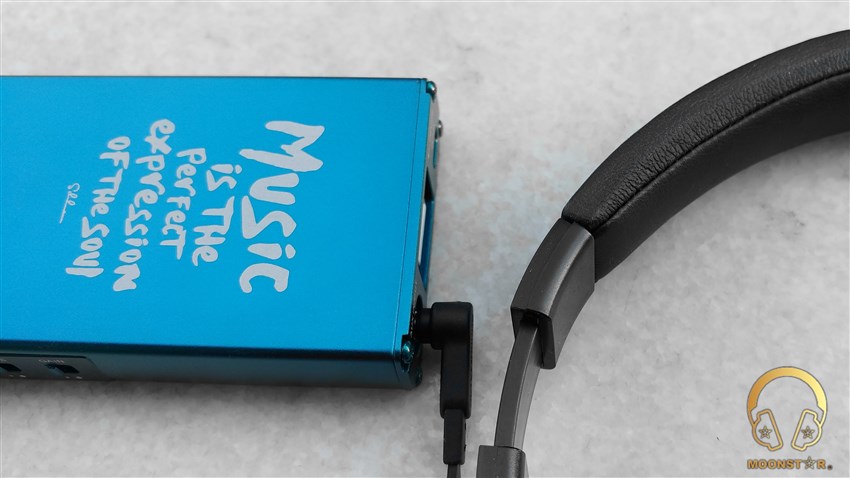
The Midrange:
The Poke has a large midrange area with a close to neutral presentation, which is flat, balanced and transparent, without to be thin or too tick.
Vocals:
The Poke has a transparent, full bodied and balanced in its presentation. Female and Male vocals sounding clear, liquid, and transparent to my ears. The vocal presentation of the XD10 Poke is not rough, muddy or veiled, which I really like.
Male vocals are slightly bodied, deep and rich, which is also not too soft or harsh in its presentation. There is no remarkable sibilance and shows a pretty natural male vocal presentation.
The ups and downs and the upper midrange presentation of female vocals is smooth and on a good level.
Female vocals at a soprano level, which have the ability to raise and lower their voices quite quickly, are presented by the Poke with no apparent blemish, which I can classify as a great skill at this price.
The performance of Sonya Yoncheva in “Verdi: Il Trovatore – Tacea la notte placida” is a good example for the vocal performance of the XD10 Poke.
The Poke could give the details and the neutral/bright tonality quite realistic.
Instruments:
The general tonality of instruments with the xDuoo XD10 Poke is neither thin or thick and could be described in the middle of both. The instruments have a pretty clean, slightly bodied and transparent structure.
I found the Poke except the slightly thinness with instruments like violin, drums, bass guitar or electric guitar and with some other instruments like viola and flutes relative successful. In short, the Poke DAC/AMP is a pretty successful device in terms of multiple instruments.
Upper Midrange:
The xDuoo XD10 – Poke has a usually controlled, non-harsh but also not too soft upper midrange with good transition to the treble range. One other plus point is the control with genres/tracks, which have fast passages with lots of instruments.
The ability to keep the upper midrange frequency zone in balance and at the same time not to make much compromise in terms of clarity, detail and control, makes the xDuoo Poke to a great performer in this price range.
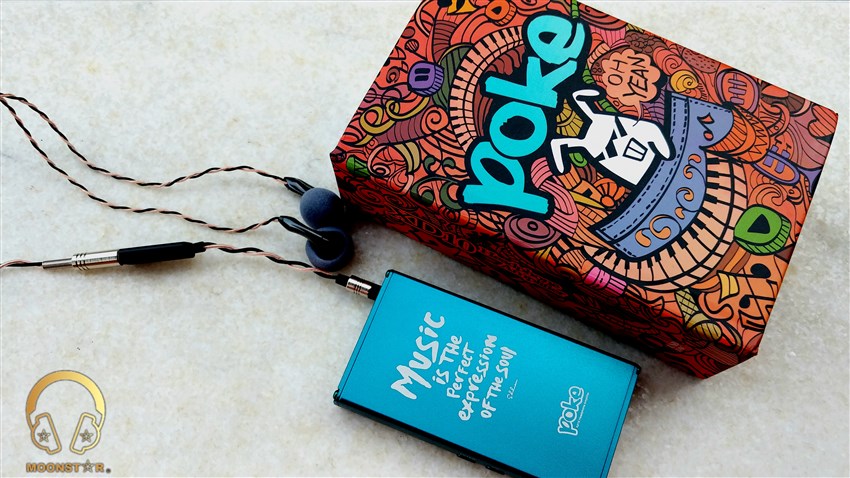
The Treble:
The xDuoo XD10 Poke has a relative flat/balanced and clear treble range with moderate sharpness, and good extension, that doesn’t sounds veiled or to pronounced.
Sharpness:
The xDuoo XD10 Poke has an average and distinctive sharpness while listening to Crash Cymbal’s and to the final hits of cymbals. It is in perfect consistency in my opinion and also doesn’t hurt my ears.
Extension:
The xDuoo XD10 Poke has no roll-off or too early loss in the treble range. The cymbals do not stop too soon and the treble extension ends near the ear, which is a good feature, because too much extension could disturb the ears.
Both cymbals and violins showing good extension and sounding pretty controlled with the xDuuo XD10 Poke, which is a pretty good ability for a DAC/AMP with this price tag.
The Soundstage:
The xDuoo Poke has in horizontal direction a wide, spacious and airy soundstage arrangement for instruments that are staying side by side.
The xDuoo Poke shows the same performance for depth and can be descripted equal good in depth to its wideness.
Comparison:
xDuuo XD10 Poke vs Hidizs DH1000:
I want to compare this two DAC/AMP’s because they are similar priced and belong to the same portable category.
The bass of the Hidizs DH1000 has a linear character, while the xDuoo XD10 Poke has pronounced bass presentation. The Poke is superior in terms of quantity, depth and force, while both devices have the same control level.
The DH1000 is slightly faster and sounds also tighter in the bass department, but the Poke is superior to the DH1000 in terms of overall detail
Both devices have a pretty balanced, transparent and clean midrange presentation, while the DH1000 sounds slightly more neutral than the Poke. The Poke sound fuller and more bodied in midrange region.
The Poke is more successful with male vocals due the lower midrange depth, while the DH1000 performs slightly better with female vocals due the additional air and extra pronounced upper midrange. The DH1000 shares slightly more detail in the midrange area, while the performance of both devices is ways above their price tag.
Both devices have in terms of neutrality and technicality a pretty good treble performance. The treble range of the DH1000 is more neutral and thin compared to those of the Poke, which more volume and filled sounding. The DH1000 is superior to the Poke in terms of treble quantity and extension, while the Poke has the upper hand for control. The DH1000 shares slightly more detail in the treble range.
Bothe the Hidizs DH1000 and the xDuoo XD10 Poke have enough space for a good instrument separation and positioning, while the DH1000 has slightly wider soundstage. The xDuoo XD10 Poke on the other hand is superior in terms of soundstage depth.
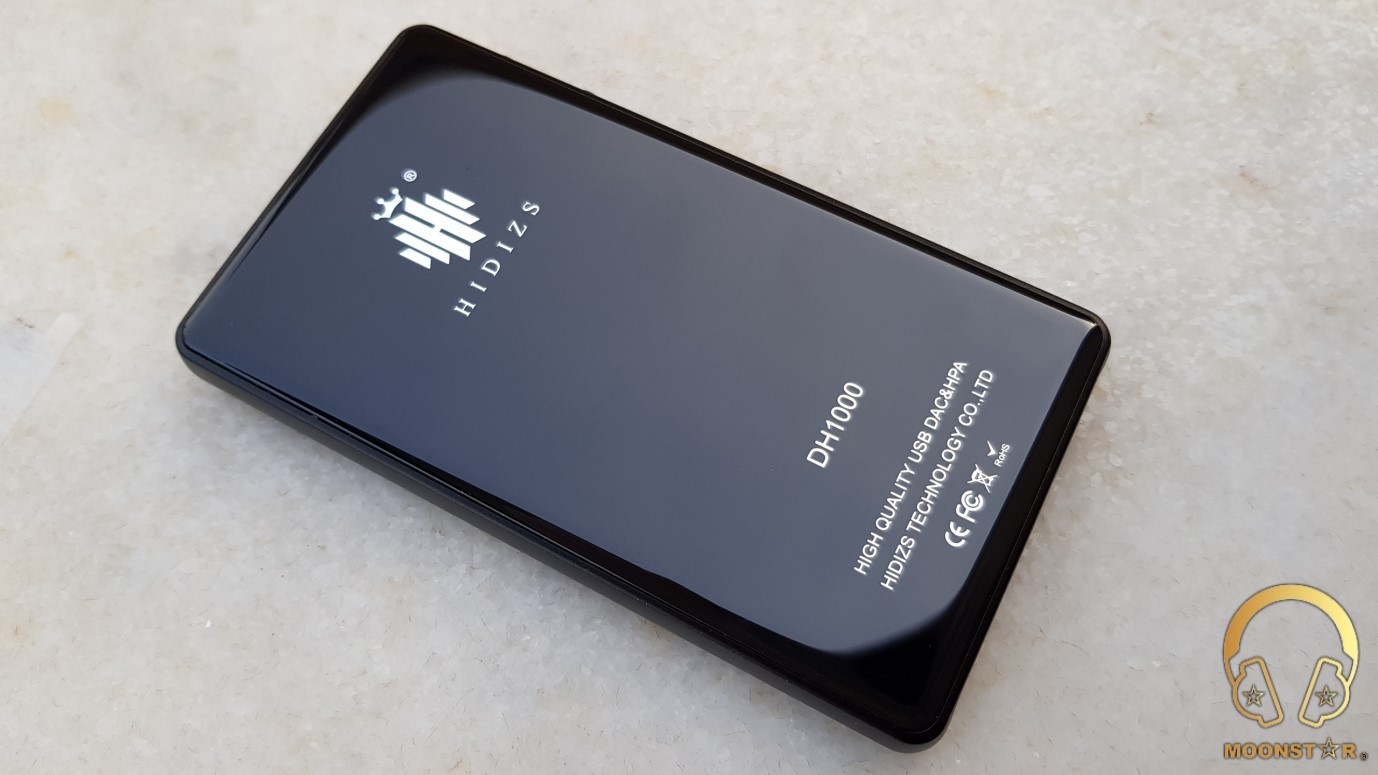
Conclusion:
The xDuoo XD10 Poke is a DAC/AMP with a relative flat sound signature and a pretty neutral tonality, which should be the main attraction of any DAC or DAC/AMP on the market. It was able to run my power hungry In-Ear Monitors like the final E5000, the 300 Ohm rated K’S Samsara earbud and the Sony SA3000 without difficulty. All this cables that are include to the package and the creative packaging are a nice addition.
Pros and Cons:
- + Neutral and balanced presentation
- + Good detail level
- + Lots of accessories
- + Price to performance ratio
- + Beautiful and creative packaging
- – Outdated screen technology
- – Average screen visibility under direct sunlight



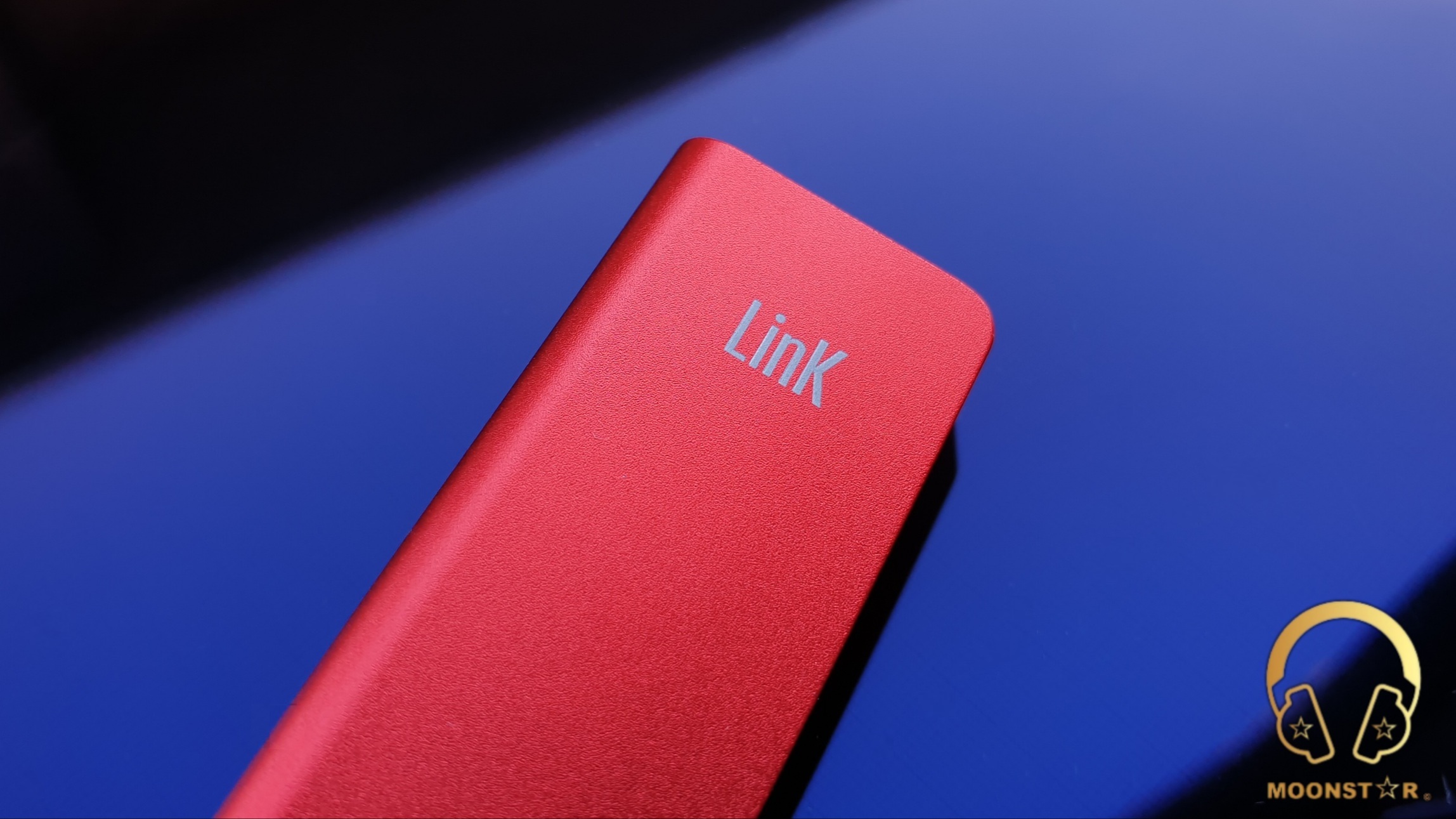








1 Response
[…] xDuoo Poke II is the successor of the original Poke (aka XD10) that I have highly enjoyed when it was released 2018. The Poke II is a portable […]